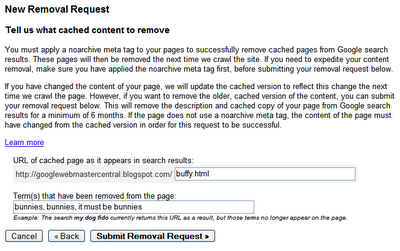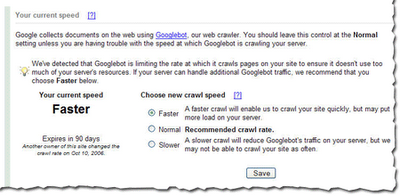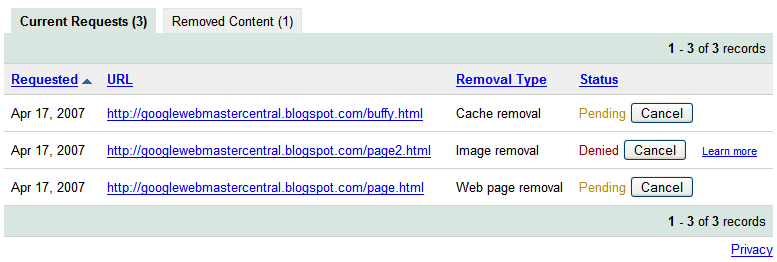

We have added four apps to our public apps gallery:


Sambamba View accepts alignments in BAM or SAM format and outputs data in a user-specified format.Īs of March 11, 2022, GDC datasets available through the Data Browser and the API correspond to GDC Data Release 31. Sambamba Sort sorts alignments in BAM format. Sambamba Slice can be used to copy a slice (region) of the coordinate sorted and indexed input file in BAM or FASTA format. Sambamba Merge merges alignments in BAM format. Sambamba Markdup can be used to mark or remove duplicate reads from an input BAM file. Sambamba Index creates a BAI or FAI index for the provided input. Sambamba Flagstat generates statistics from read flags in a BAM file. Upgraded four Sambamba tools to 0.8.1 (and CWL 1.2) and added three new tools: Smoove Plot-counts takes a VCF file created by other Smoove tools and plots counts of split and discordant reads before and after filtering. Smoove Paste squares matching SV calls from individual files to a single joint file with final calls. Smoove Merge merges SV calls from individual files with SV calls and sorts them using svtools. Smoove Genotype runs svtyper in parallel on provided SV inputs. Smoove Duphold annotates SV calls in the file based on information from the provided alignment files. Smoove Call calls structural variants with Lumpy and optionally calls svtyper. Smoove Annotate annotates SV calls with SV quality and gene information from GFF3 files. Samplot Vcf can be used to create visualizations of structural variant calls from a VCF file.

Samplot Plot takes alignment files and coordinates for a region containing the SV call of interest (Chromosome, Start position, and End position) and creates a plot of the SV region. The workflow includes two tools from MetaXcan framework - MetaMany and S-MultiXcan and it uses summary statistics from a GWAS study and multiple models that predict the expression or splicing quantification. The MetaXcan Workflow for computing associations between omic features and complex traits across multiple tissues. MetaMany for serially performing multiple MetaXcan runs on a GWAS study from summary statistics using multiple tissues. S-MultiXcan for computing association from predicted gene expression to a trait, using multiple studies for each gene. S-PrediXcan for computing associations between omic features and a complex trait starting from GWAS summary statistics. The workflow takes multiple normal sample callsets and passes them to GATK Somatic SNVs and INDELs (Mutect2) 4.2.5.0 with tumor-only mode (although it is called tumor-only, normal samples are given as the input) and additionally collates sites present in two or more samples into a sites-only VCF. GATK Create Mutect2 Panel of Normals 4.2.5.0 that creates a panel of normals for use in other GATK workflows. It runs on a single tumor-normal pair or on a single tumor sample, and performs additional filtering and functional annotation tasks, and GATK Somatic SNVs and INDELs (Mutect2) 4.2.5.0, a workflow used for somatic short variant calling. We have just published an updated version (4.2.5.0) of Mutect2 workflows: With the removal of Data Studio from the Interactive Analysis tab, the tab's name has been changed to Interactive Browsers in order to better reflect its contents. Previously located under the Interactive Analysis tab, it has now been given a more prominent location in the project navigation by having its own tab located next to Tasks. Data Cruncher and Interactive Analysis become Data Studio and Interactive Browsersĭata Studio, previously Data Cruncher, is an interactive analysis tool which allows you to explore and visualize data using environments like JupyterLab and RStudio.


 0 kommentar(er)
0 kommentar(er)
